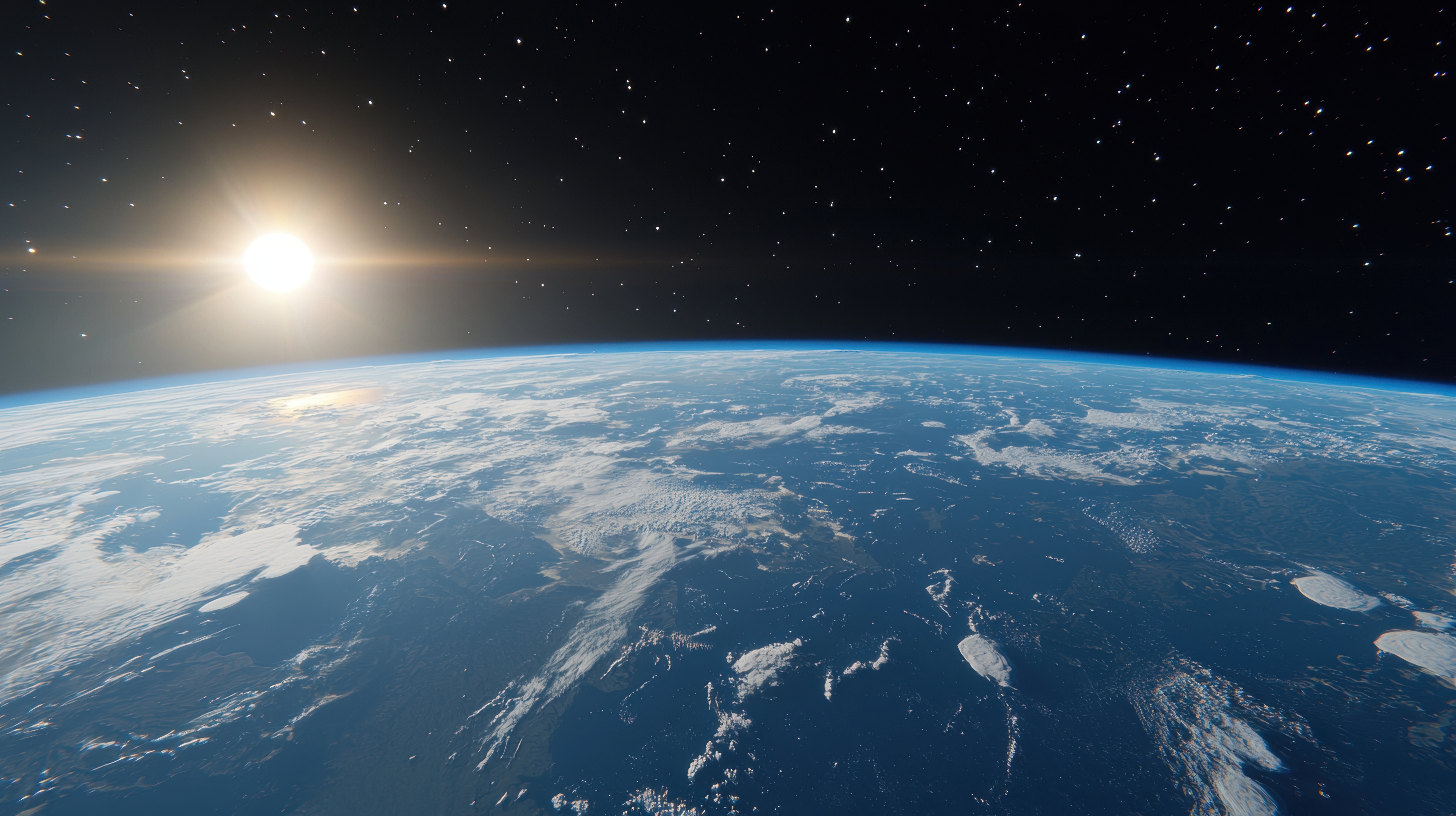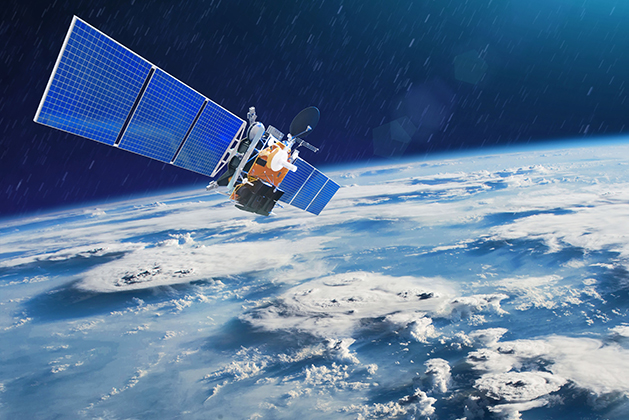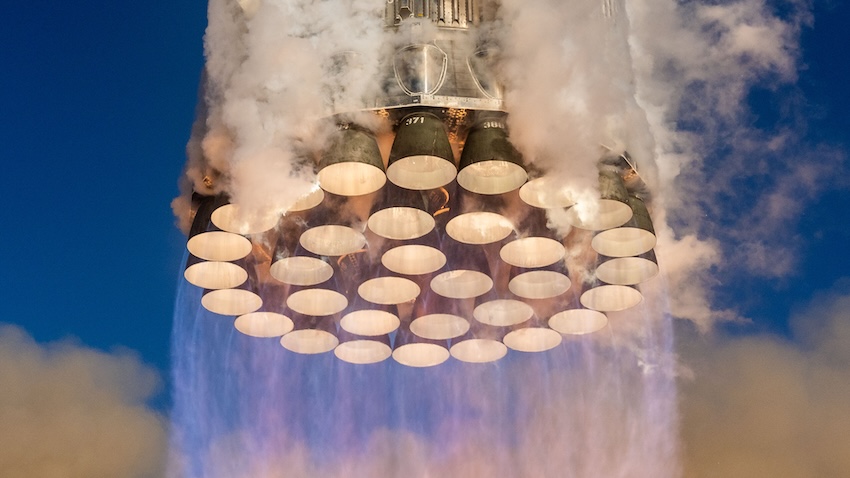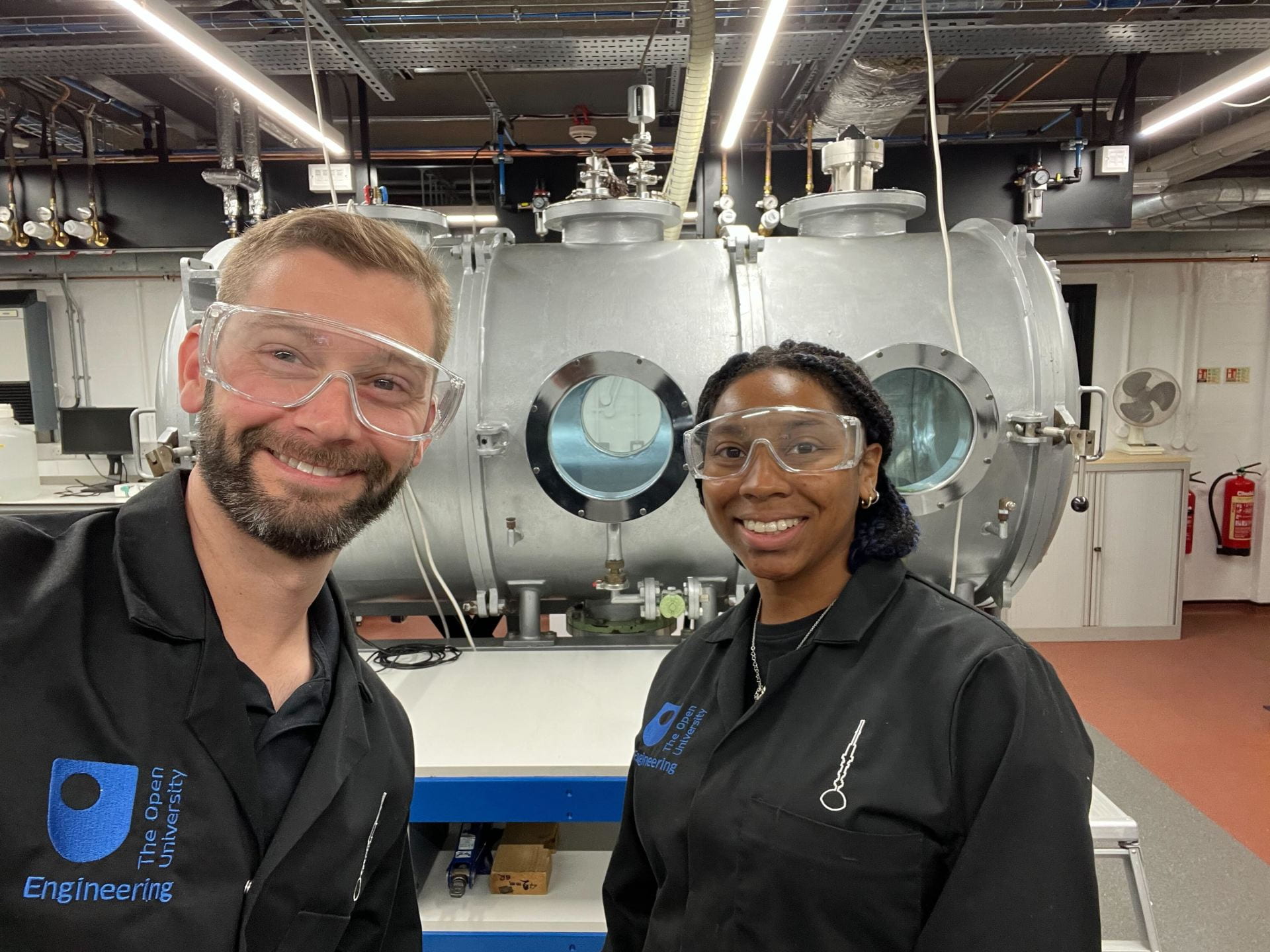Oct. 22, 2025
At Georgia Tech, four researchers are investigating the origin of life and where else it might exist from four very different perspectives. This fall, the astrobiology fellowship program named the 2025–26 astrobiology fellows to pursue this age-old debate: Lea Adepoju from the School of Earth and Atmospheric Sciences, Juliana DiGiacomo from the School of Chemistry and Biochemistry, and Ziyu Huang and Lauren Paulson from the Daniel Guggenheim School of Aerospace Engineering.
This year’s cohort reflects the interdisciplinary spirit at the heart of astrobiology. From atmospheric science to aerospace engineering to chemistry, each fellow brings a distinct perspective to two of astrobiology’s biggest questions: where life originated from and what it might look like beyond Earth.
“What drew me to apply is the opportunity to give back to the astrobiology community at Georgia Tech, while also promoting awareness of astrobiology in other fields and providing access to the latest findings,” said Adepoju.
Supported by the Georgia Tech College of Sciences Betsy Middleton and John Clark Sutherland Dean’s Chair, the astrobiology fellowship program recognizes graduate students and postdocs who demonstrate leadership, community-building, and a passion for astrobiology. Each fellow receives a $4,000 award and takes on the responsibility of organizing events and outreach that strengthen the astrobiology community at Tech.
For Ph.D. candidate Juliana DiGiacomo, the search begins with the Earth’s chemical origins. Working in Professor Loren Williams’ lab, she studies long-term chemical evolution: a process that may have catalyzed the earliest molecules of life into existence on prebiotic Earth, a period billions of years before life as we know it emerged.
DiGiacomo recreates the conditions of prebiotic Earth by cycling simple molecules through wet and dry phases, a daily rhythm that could have been common then. “We’ve seen how a simple ‘primordial soup’ can result in kinetic trapping of high-energy bonds relevant to life,” she said, describing her experiments.
Lea Adepoju, an earth and atmospheric sciences Ph.D. candidate, looks for traces of life in an entirely different direction: deep beneath the sea. She studies microbial communities in benthic basins, asking how they alter methane signatures. “The aim of this study is to elucidate the key signatures that would improve our understanding of methane-based biosignatures that might be found on ocean worlds,” she said.
If we can read these signals of life here, she suggests, perhaps we could have a better understanding of signals in other worlds where oceans hide beneath the surface. “I would like them to wonder where else life could have existed somewhere else in our solar system or beyond,” said Adepoju. “Could it really be possible that Earth was the only planet that ‘got lucky’?”
For aerospace engineering postdoctoral fellow Ziyu Huang, the question is what happens next. Once signals of life appear, can they sustain themselves long enough for life to evolve?
With a background in computational chemistry and space environment modeling, Huang studies how plasma, solar wind, and micrometeoroids affect the shape and chemistry of moons and exoplanets. These processes matter because they determine whether worlds can hold onto or lose important volatile elements like water and carbon, which are essential for life and habitability.
“You start to wonder what kinds of wild chemistry might be happening out there,” he said, pointing to planets like K2-18 b or the TRAPPIST-1 system. “Oceans hidden under thick skies, strange reactions recycling water and organics, or even entirely new pathways to habitability —thinking about these possibilities reminds us that life could thrive in ways and places far beyond what Earth has taught us to expect.”
For Lauren Paulson, a third-year Ph.D. student, the connection to astrobiology began unexpectedly. Early in her Ph.D., she was assigned to lead a student team designing a non-terrestrial aircraft, a vehicle meant to fly in the atmosphere of another world. “I knew the engineering, but not astrobiology,” Paulson said. “So, I signed up for the astrobiology seminar and started attending every ExplOrigins meeting I could. Those experiences opened up an entirely new way of thinking about exploration, one that united systems engineering with questions about the origin and persistence of life.”
Now just one class away from completing the astrobiology graduate certificate, Paulson focuses on sustainable space technologies and in-situ resource utilization, modeling how local materials, like lunar ice or Martian regolith, can support future missions and reduce reliance on Earth-based resupply. “It’s the engineering side of astrobiology,” she explained. “Designing the systems that make life detection — and eventually habitation — possible.”
Beyond the Lab
But for the fellows, the year ahead is not just about research, but also about leadership and community. “I’m most excited to help connect communities that don’t always realize how much they have in common, especially engineering students who might not yet see how their work relates to astrobiology,” said Paulson. “I’d love to organize events that make the field feel more accessible and interdisciplinary, and to highlight how systems thinking, mission design, and sustainability are deeply intertwined with the search for life beyond Earth.”
Over the coming year, Adepoju, Huang, DiGiacomo, and Paulson will co-organize the fall social event with an invited speaker and the spring ExplOrigins Colloquium. They will also design their own service project — whether it’s leading discussions, mentoring undergraduates, or outreach to high school teachers.
Beyond science, they also hope to spark curiosity by bringing more people into the astrobiology conversation. “Life on Earth emerged almost immediately after the planet cooled just enough to support it,” DiGiacomo said. “That fact alone suggests that life, given the right conditions, may not be rare at all; it might even be inevitable. I’d hope to inspire someone to wonder: If life could take hold so rapidly here, how many other worlds might be home to life as well?”
For more information about the Astrobiology program, visit the program’s site or reach out through their contact page.
News Contact
space@research.gatech.edu




